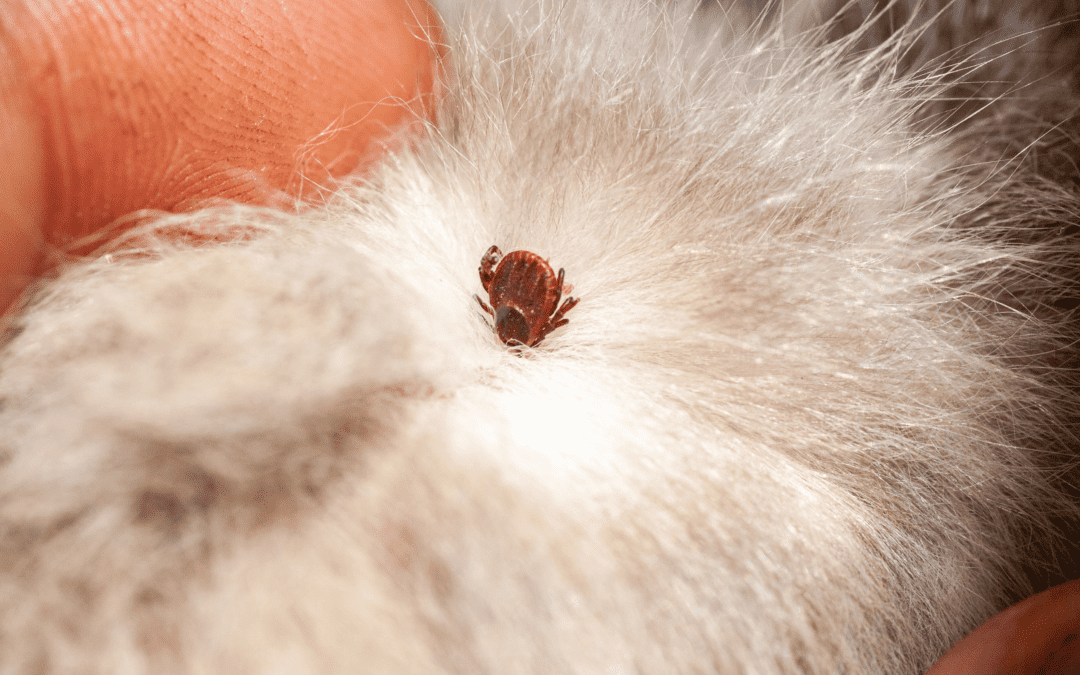READY TO GET STARTED?
REQUEST A FREE ESTIMATE
Fill out the form below or call (888) 466-7849 for a free, no-obligation estimate.

With the arrival of warmer weather, most of us will be spending more time outside with our pets. But while we enjoy being outdoors more, it can expose us and our pets to certain pests, such as fleas and ticks. These parasitic insects carry many diseases, including Lyme disease, anaplasmosis, and ehrlichiosis.
Fleas and ticks can be difficult to keep at bay, often taking weeks to control. There are many ways to protect you and your pets from these pests; continue reading to find out how.
While fleas and ticks are more common in the summer months, this doesn’t mean they are completely gone. Some tend to survive the winter months indoors, causing havoc year-round. To prevent your pets from being exposed throughout the year, check with your veterinarian to see the best treatment methods for them. Always properly administer and check the expiration date on any treatments given to your pets.
If your pet frequents the outdoors, inspecting them before returning indoors will help keep the fleas and ticks away. Ticks like to find warm spots, so checking your pet’s ears, skin, and under armpits are the best places to search. Remove any ticks you might find and reach out to your vet if your pet has been bitten.
Cleaning up your pet’s sleep area at least once a week is a good way to deter or get rid of any pests that have shown up. Get a dog/cat bed that is washable and wipe down their areas frequently. Vacuuming often is also a good way to keep fleas away.
Fleas are known to live in carpets, rugs, and pet bedding. They also avoid high traffic areas, so don’t miss vacuuming near baseboards, under furniture, under cushions, and anywhere your pets sleep or spend significant time.
Fleas prefer warm, moist, shady areas, while ticks like to hide in tall grass. Mowing your lawn regularly and keeping shrubs trimmed back will give them fewer places to hide in your yard.
Attracting wildlife will surely bring more ticks and fleas into your yard. Try not to leave food and water bowls outside overnight. Keep pet food sealed in containers, use trash cans with locking lids, and seal crawlspaces, garages, sheds, and decks.
If you have taken these preventative measures but are still experiencing a tick and flea problem, it might be time to reach out to your local pest control company for further assistance.